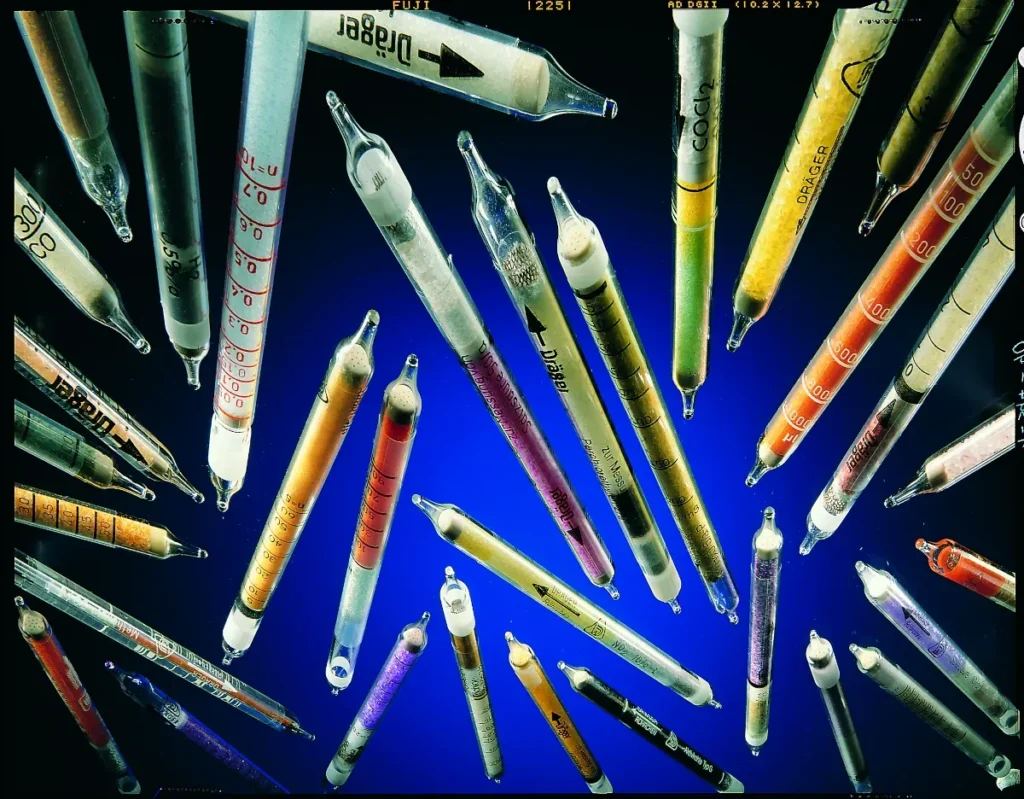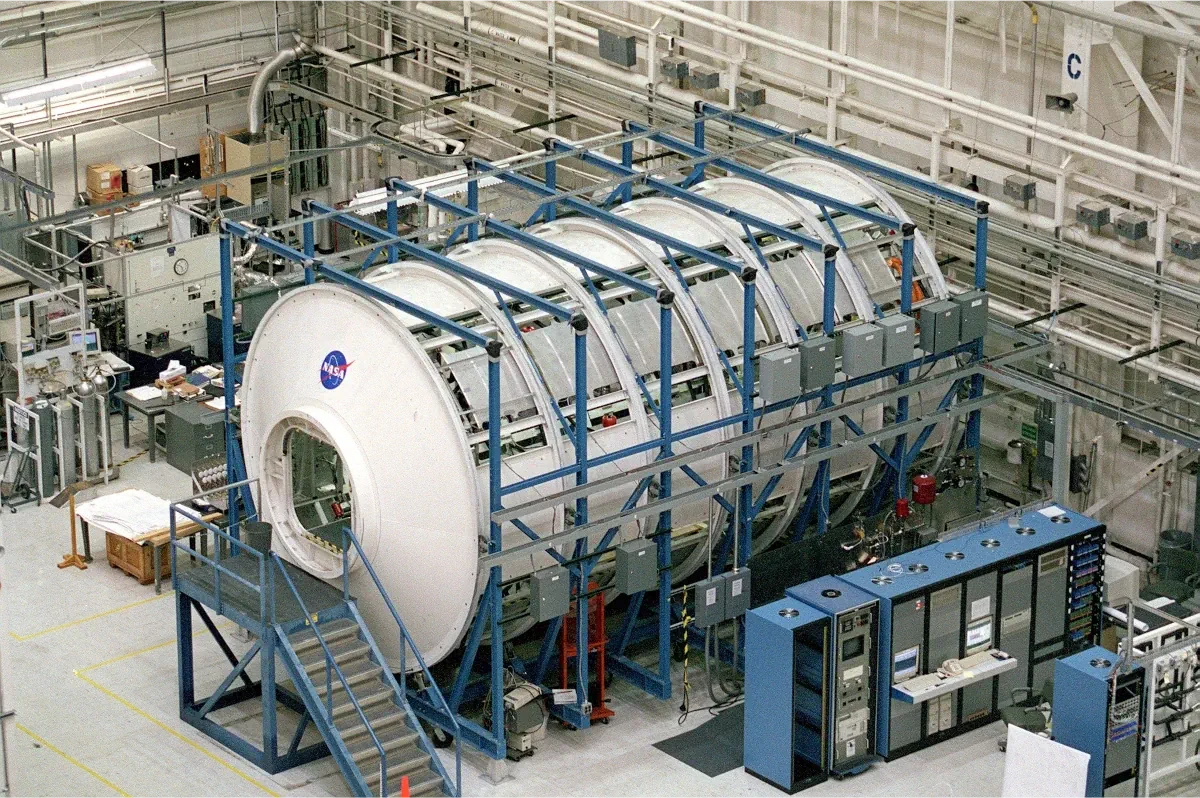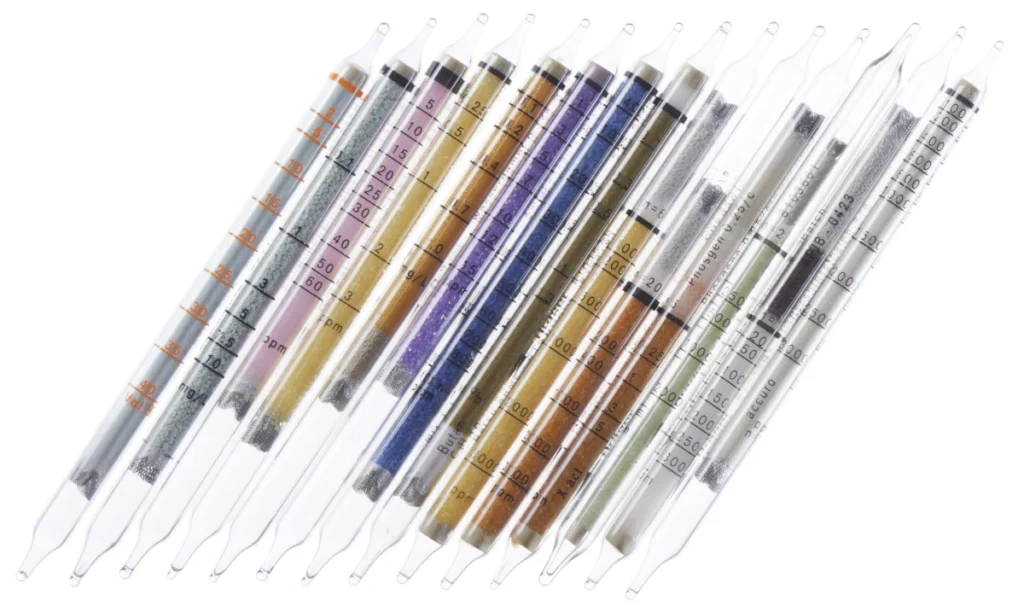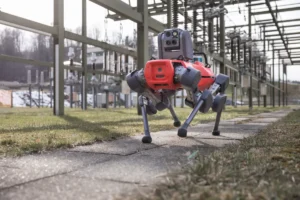
Operational activities encountered in extreme conditions such as marine and space industry require the use of cutting edge technologies and devices. The main concern in these environments is the contamination in confined and/or pressurized spaces caused by the presence of gas and various types of chemical reactions.

the ECLSS
Although the operational environments of the submarine and the space module or space station are different, the problems faced by the ECLSS (Environmental Control and Life Support System) require the same measures.
In hyperbaric environments and in manned systems the main gases are Nitrogen, Oxygen, Carbon Dioxide, water vapor, Hydrogen.
Given the closed nature of the environment, any pollution, gas or substance can be difficult to remove. A gas reclaim system used in confined spaces may recycle contaminants and can lead to the accumulation.
Life Support System and ECLSS are designed to monitor the atmosphere and control humidity, Oxygen and Carbon Dioxide levels, provide crew/ occupants heating and cooling (refrigeration) and maintain habitat pressure; they also ensure the gas circulation, sanitary and electrical systems supply. In addition they are capable of removingand absorbing a wide range of contaminants and substances.
As with Oxygen, the Carbon Dioxide can be monitored by means an analyzer or detector tubes. In this regard the Drager company produces colorimetric reactive tubes with graduating scales to a specific degree of concentration, printed on them, from which personnel can directly read concentrations of the gases and vapors to be measured.

spot measurements, offer an high level of cost effectiveness
The Drager Tubes are an extremely cost-effective and, above all, a precise method of measurement.
Gas Detector Tubes combined with sampling pumps provide highly precise measurements. The DRAGER X-ACT 5000 pump directs the air to be measured through the appropriate Drager-Tubes effortlessly, adjusting the flow rate automatically. After setting the sampling time the pump can immediately be started. At the end of the measurement the pump wil stop automatically.
The Oxygen can also be measured through paramagnetism or by a fuel cell.
Common methods for Carbon Dioxide measurement also include Infrared technology.
Read more in the Digital JP Mag – JPmag Oct 2021
Paolo Mazzone
SubEng – HSE Adviser

